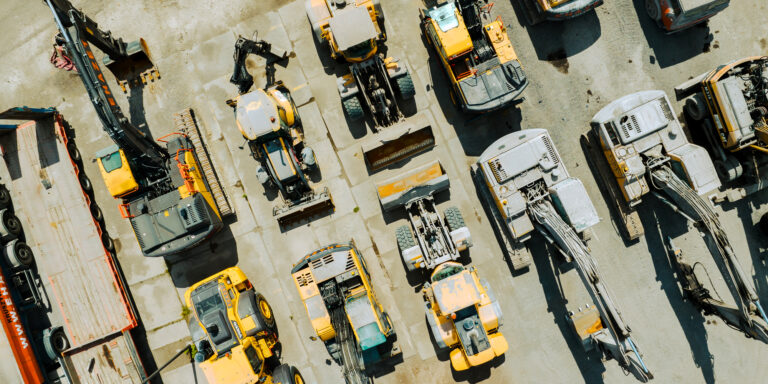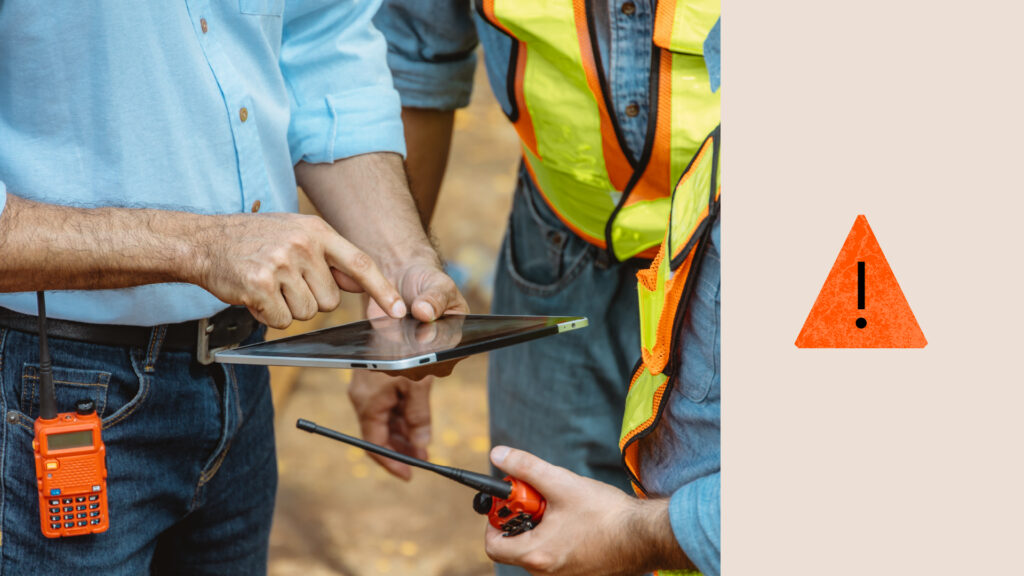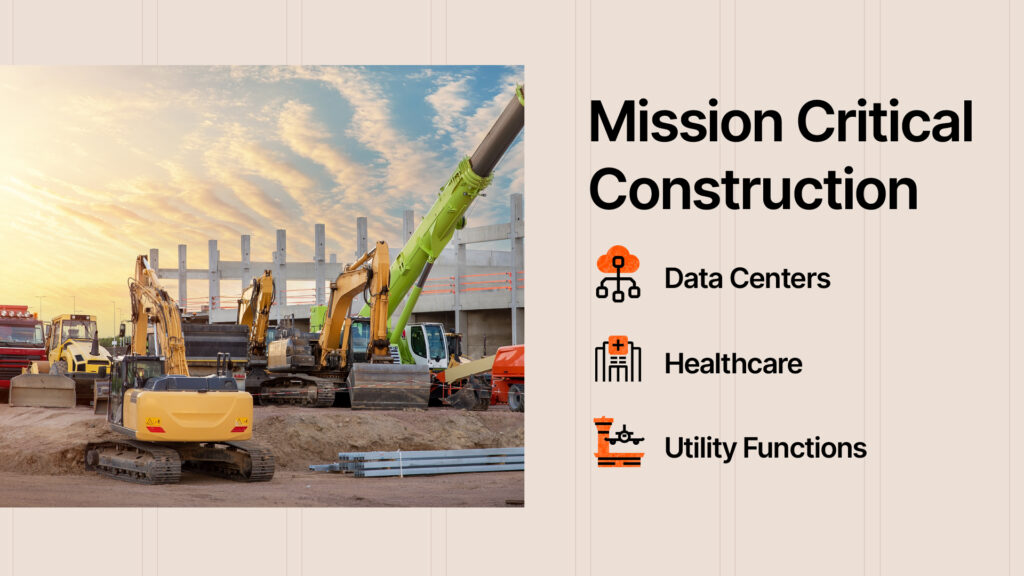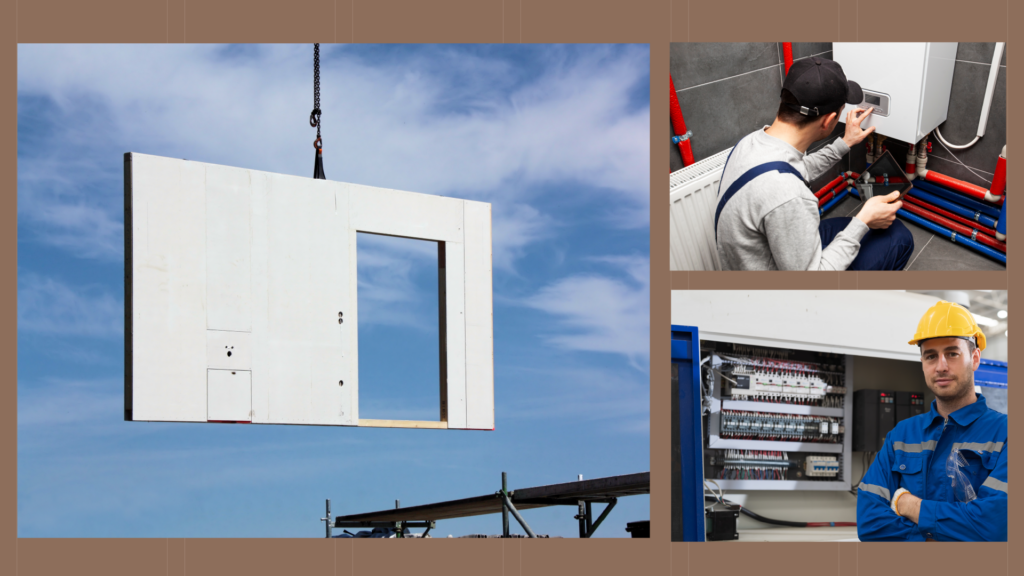— 3 min read
Inland Marine Insurance 101: Protecting Tools & Equipment
Last Updated Jan 7, 2025
Last Updated Jan 7, 2025

With so many options for insurance policies and coverages, it’s hard to know what contractors need to purchase and what they don’t. Inland marine insurance, which covers tools and equipment both in transit and at the jobsite, offers protections that some contractors may not consider.
Let’s take a look at what inland marine insurance is, what it covers and how it may provide contractors with an extra layer of protection.
Table of contents
What is inland marine insurance?
Inland marine insurance, also called tools and equipment insurance, provides coverage for a contractor's products, materials and equipment when they are being transported over land or while they are stored temporarily at a jobsite or warehouse. It provides insurance coverage for movable assets that aren’t covered in other policies, such as general liability or auto insurance.
What does an inland marine policy cover?
Inland marine insurance protects tools, materials and equipment when it’s in transit or on a jobsite. Contractors may think these items are covered by general liability insurance. However, general liability only covers losses at the location listed on the policy. It does cover property damage and bodily injury claims, but will not replace or repair damaged equipment or tools.
This policy protects tools and equipment from theft, damage or vandalism, and will pay the cost to replace or repair the asset. It may also include temporary replacements to keep the project on schedule. Contractors may add additional coverage to include with an inland marine policy, such as builders risk, professional liability or commercial auto insurance to help build out a more comprehensive coverage portfolio.
Inland Marine vs. General Liability Insurance
Inland marine and general liability insurance cover similar assets, but they apply to different locations.
An inland marine policy covers tools and equipment specifically when they are in transit. General liability insurance only covers those assets while at the jobsite address listed on the policy. Both coverages may be beneficial to contractors and protect them from damages caused by their equipment and tools, as well as damage to their equipment and tools.
General liability insurance is typically required for most contractors, while inland marine insurance is optional. However, inland marine insurance is still a great investment for contractors as it may help prevent project delays and losses from damages to equipment.
Inland Marine & Insurance for Mobile Equipment
Mobile equipment is equipment that fits any of the categories listed below:
- Bulldozers, farm machinery, forklifts and other vehicles designed for off-road use
- Vehicles maintained for use on or adjacent to the premises (for example, a maintenance truck that never leaves the property)
- Vehicles that travel on crawler treads
- Vehicles (whether self-propelled or not) used to carry shovels, loaders, diggers, road construction equipment and similar items
- Vehicles that aren't self-propelled that are used to carry compressors, pumps, generators, cherry pickers and other equipment that is permanently attached (if self-propelled, such vehicles are considered autos)
- Vehicles that don't fall into any of the previous categories and are used for purposes other than the transportation of persons or cargo
Mobile equipment, like tools and other equipment, is covered by multiple insurance policies. It may be covered under an auto insurance policy if it is being used on public roads.
It's important to consult with a licensed insurance professional to discuss coverage needs. Contractors may discover that inland marine, among other insurance policies, are worth investing in to protect business assets, employees and finances.
Was this article helpful?
Thank you for your submission.
0%
0%
You voted that this article was . Was this a mistake? If so, change your vote here.
Scroll less, learn more about construction.
Subscribe to The Blueprint, Procore’s construction newsletter, to get content from industry experts delivered straight to your inbox.
By clicking this button, you agree to our Privacy Notice and Terms of Service.
Categories:
Tags:
Written by
Elizabeth Rivelli
12 articles
Elizabeth Rivelli is a freelance writer specializing in insurance and finance. Her writing has been featured in dozens of publications, including Investopedia, The Balance, Forbes, Bankrate, NextAdvisor, and Insurance.com. Elizabeth holds a degree in Communication Studies from Northeastern University. She lives in New England.
View profileReviewed by
Melody Bell
Melody Bell is Director of Underwriting at Procore. Previously, she spent 15 years as Director and Vice President for managing general agents in the U.S. and London, with a focus on construction GL, SDI and professional liability. Melody holds a bachelor's degree from the University of Southern California and a JD from USC Gould School of Law. She lives outside of San Bernadino, CA.
View profileExplore more helpful resources

Tackling the Top 10 Construction Industry Issues
The construction industry is constantly evolving, bringing both opportunities and challenges. Companies must navigate an array of construction industry issues — from workforce shortages to integrating new technologies into their...

Mission Critical Construction: Strategies for Success
Mission critical construction involves building structures whose functions cannot afford to fail, as any disruptions can lead to significant consequences for society. Keeping data centers, hospitals, power plants and other...

Modular Construction and MEP: A Collaborative Pairing
In an age of supply chain disruptions, workforce shortages, and rising material costs, off-site construction — including modular construction methods and prefabricated materials — is surfacing as a multipurpose solution....

Connected Construction: Transforming the Industry Through Integration
Construction projects are becoming increasingly complex, so companies need to innovate to accurately and profitably complete these modern structures. Connected construction — using technology and data to improve communication, processes...